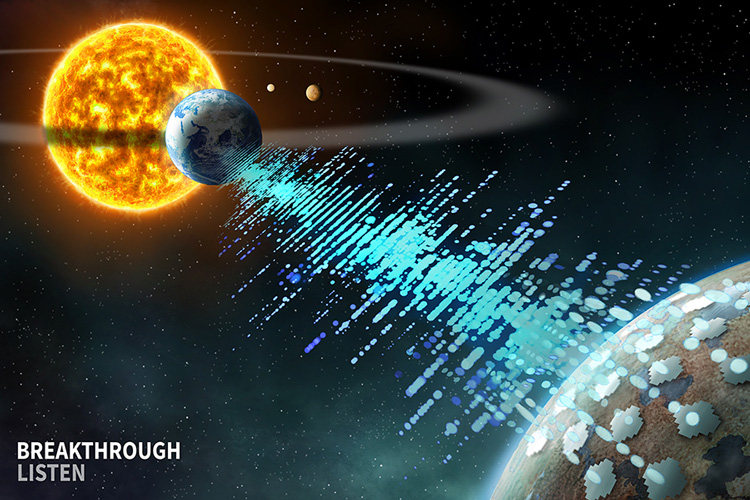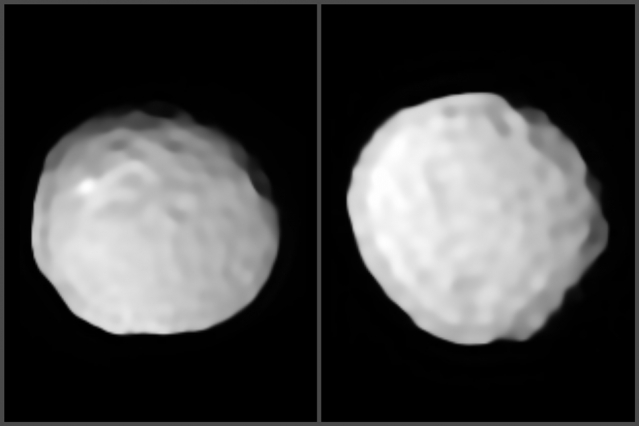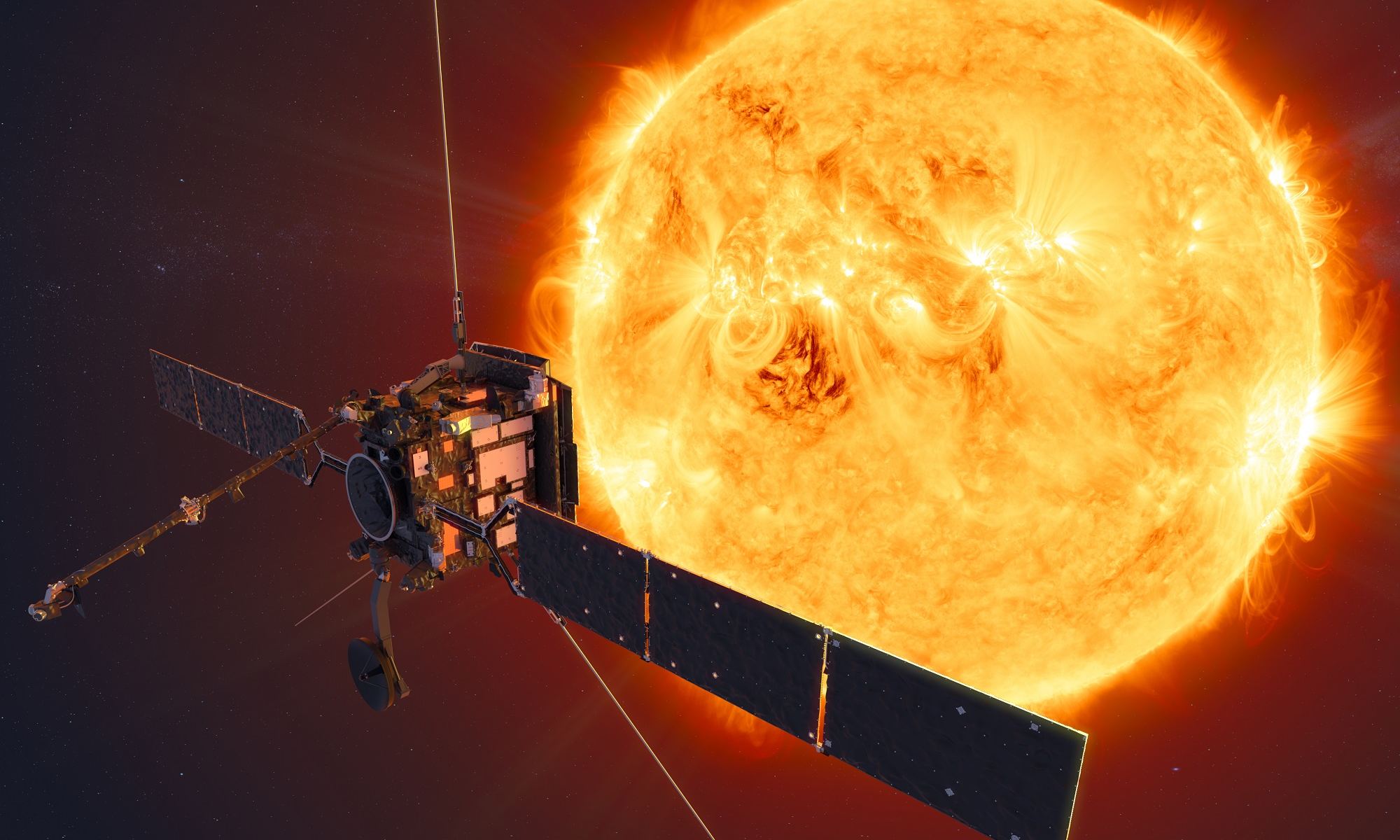Last week (Friday. Feb. 14th), the Breakthrough Listen Initiative released about 2 petabytes of optical and radio data that they have accumulated over the past four years. This is the second data release by the non-profit effort (as part of Breakthrough Initiatives) and the public is once again invited to search through the data for possible signs of extraterrestrial communications.
Continue reading “SETI Researchers Release Petabytes of Data in the Search For Aliens”A New Technique to Make Lighter Radiation Shielding For Spacecraft: Rust.
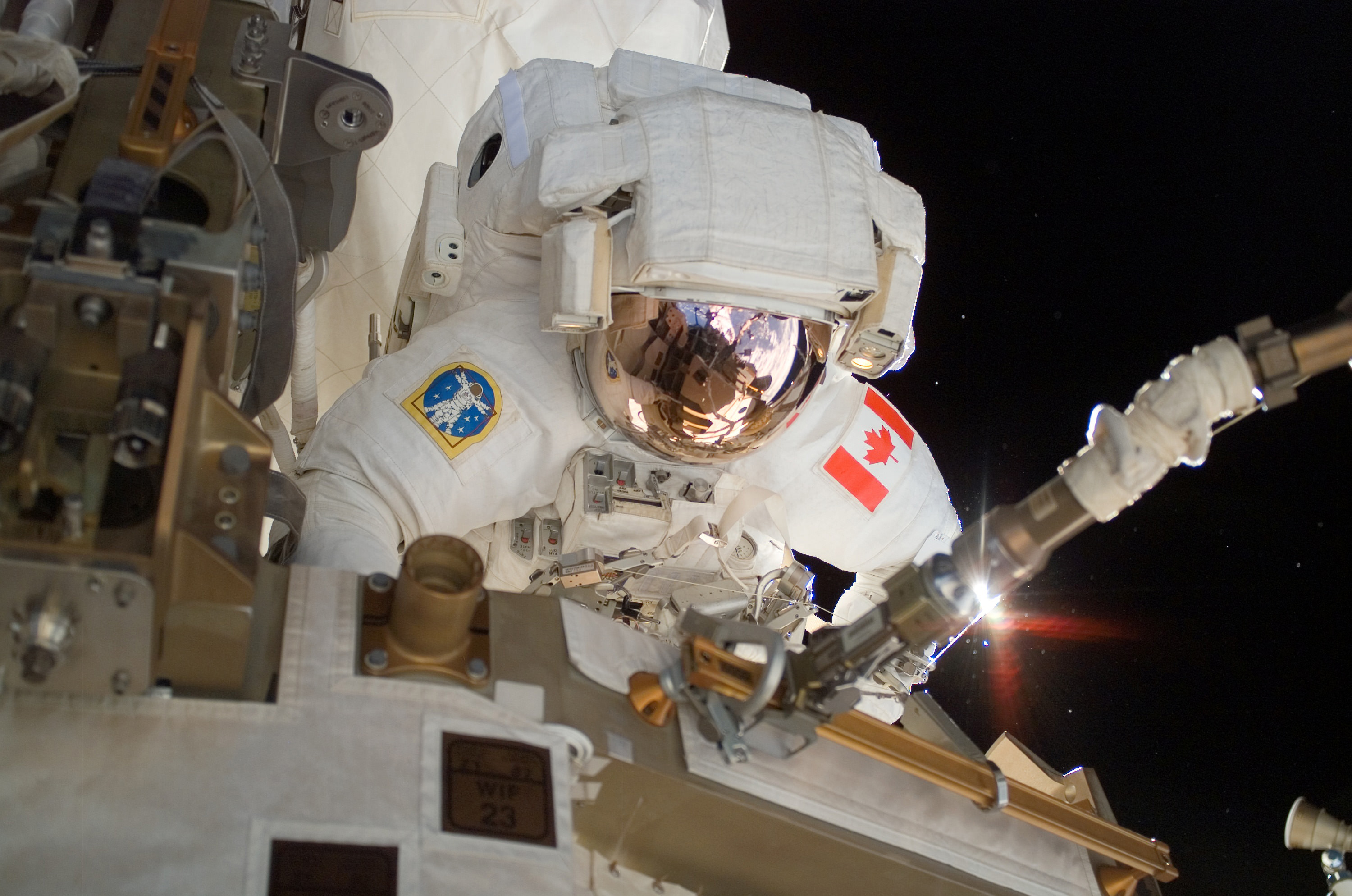
One of the biggest challenges of working and living in space is the threat posed by radiation. In addition to solar and cosmic rays that are hazardous to astronauts’ health, there is also ionizing radiation that threatens their electronic equipment. This requires that all spacecraft, satellites, and space stations that are sent to orbit be shielded using materials that are often quite heavy and/or expensive.
Looking to create alternatives, a team of engineers came up with a new technique for producing radiation shielding that is lightweight and more cost-effective than existing methods. The secret ingredient, according to their recently-published research, is metal oxides (aka. rust). This new method could have numerous applications and lead to a significant drop in the costs associated with space launches and spaceflight.
Continue reading “A New Technique to Make Lighter Radiation Shielding For Spacecraft: Rust.”There Could be Meteors Traveling at a Fraction of the Speed of Light When They Hit the Atmosphere
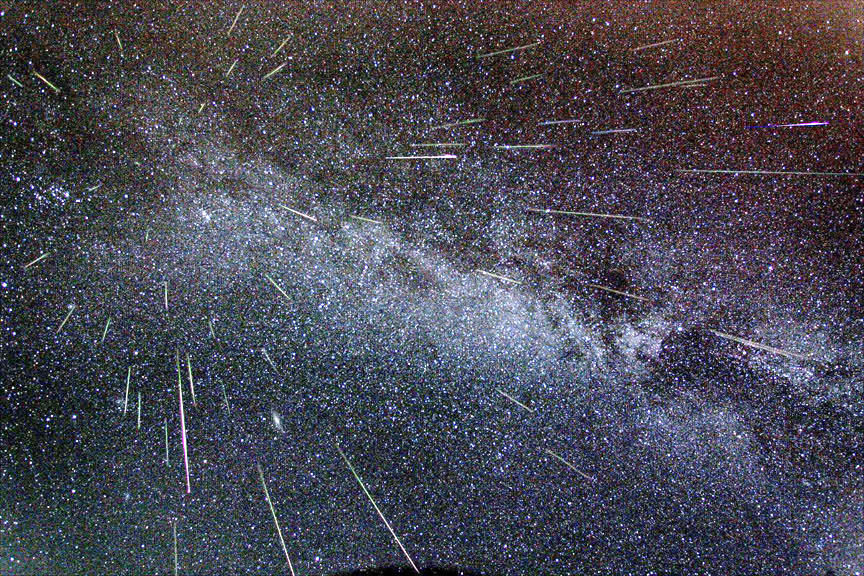
It’s no secret that planet Earth is occasionally greeted by rocks from space that either explode in our atmosphere or impact on the surface. In addition, our planet regularly experiences meteor showers whenever its orbit causes it to pass through clouds of debris in the Solar System. However, it has also been determined that Earth is regularly bombarded by objects that are small enough to go unnoticed – about 1 mm or so in size.
According to a new study by Harvard astronomers Amir Siraj and Prof. Abraham Loeb, it is possible that Earth’s atmosphere is bombarded by larger meteors – 1 mm to 10 cm (0.04 to 4 inches) – that are extremely fast. These meteors, they argue, could be the result of nearby supernovae that cause particles to be accelerated to sub-relativistic or even relativistic speeds – several thousand times the speed of sound to a fraction of the speed of light.
Continue reading “There Could be Meteors Traveling at a Fraction of the Speed of Light When They Hit the Atmosphere”War of the Worlds: Watch the Moon Occult Mars Tuesday Morning
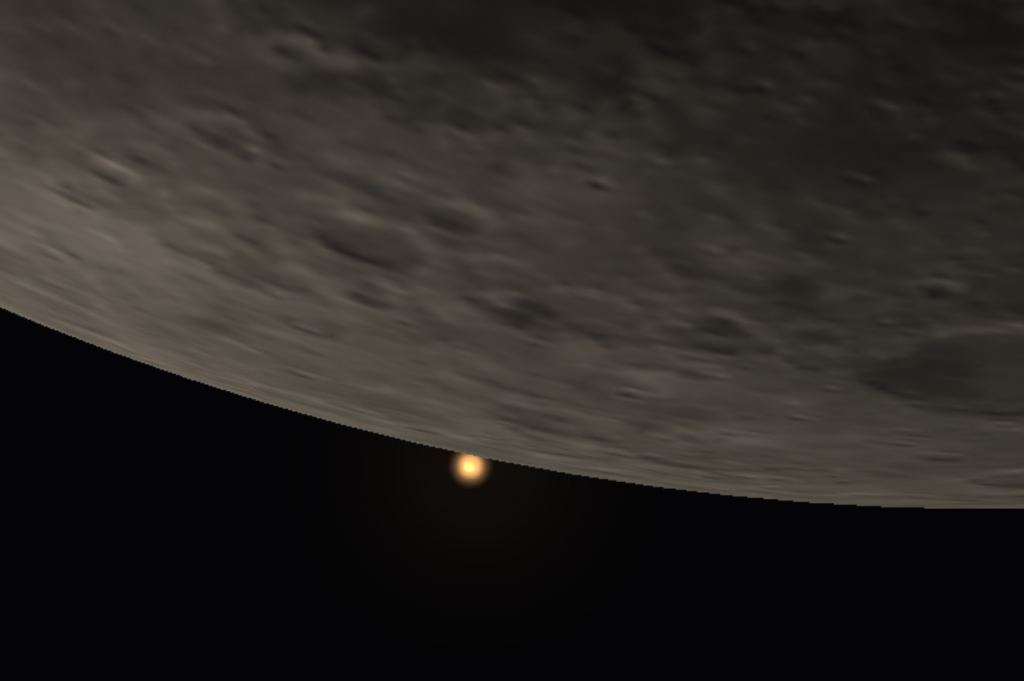
Happen to have clear skies tomorrow morning and live in the western part of North America? Then you may have a chance to spy a unique event, as the waning crescent Moon occults (passes in front of) the planet Mars.
Continue reading “War of the Worlds: Watch the Moon Occult Mars Tuesday Morning”Astronomers Simulated How the Universe Would Look Without Dark Matter
Since the 1960s, there has been a general consensus among astronomers and cosmologists that the majority of the Universe is made up of an invisible, mysterious mass (known as Dark Matter). While scientists still haven’t identified the candidate particle that makes up this mass, indirect tests and simulations have shown that Dark Matter must exist in order for the Universe to be the way it is.
In a fascinating twist, a team of European researchers conducted a simulation that looked at a Universe without Dark Matter. Using an alternative theory known as MOdified Newtonian Dynamics (MOND), the team created a computer simulation in which the galaxies were actually very similar to what we see in the Universe today. These findings could help to resolve one of the most enduring mysteries of modern cosmology.
Continue reading “Astronomers Simulated How the Universe Would Look Without Dark Matter”Catch Comet T2 PanSTARRS This Spring
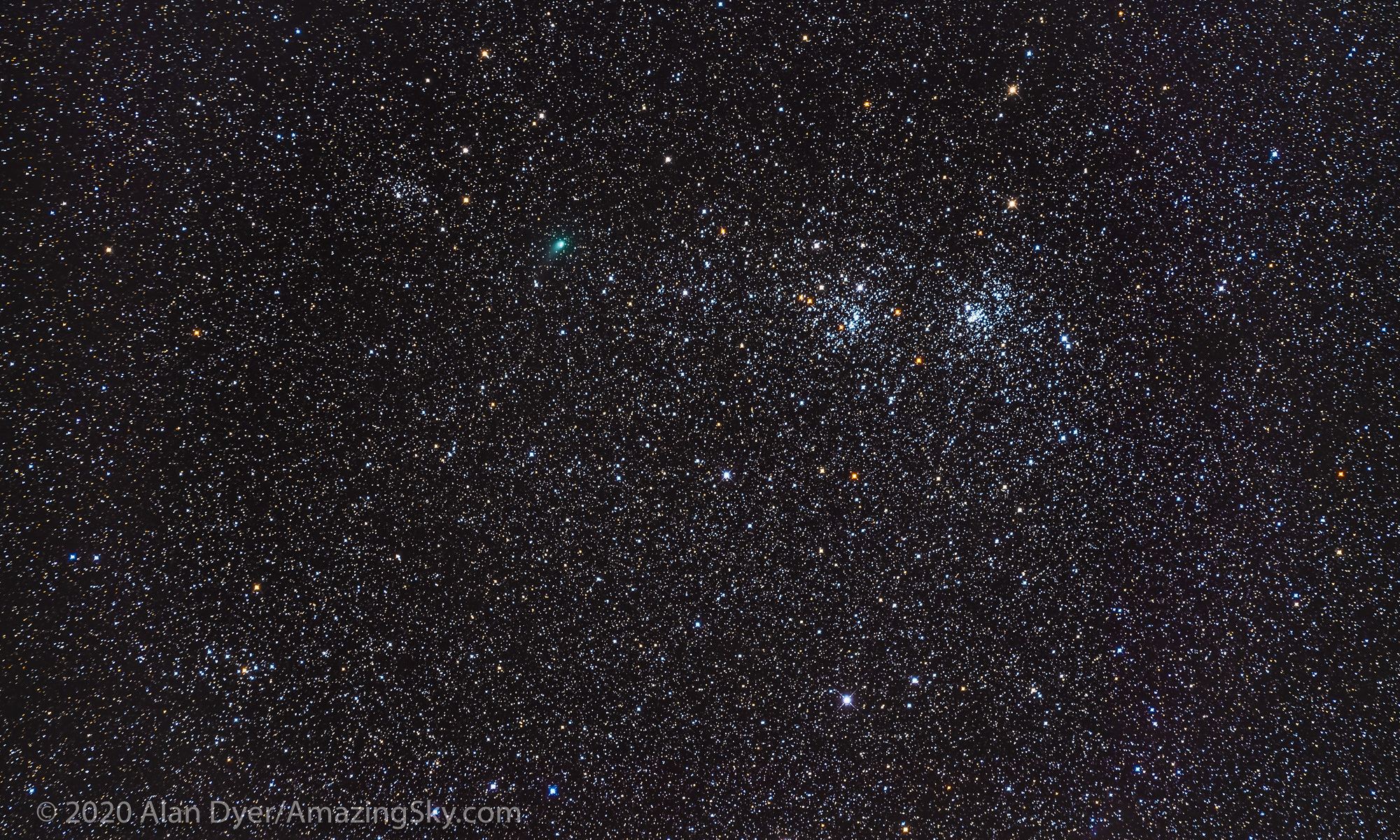
Ready for the next great comet? First, the bad news. there is not (as of yet), a good naked eye comet in the cards, for 2020. The good news is… there is a fine binocular comet currently well-placed for northern hemisphere viewers: Comet T2 PanSTARRS.
Continue reading “Catch Comet T2 PanSTARRS This Spring”New Images of the “Golf Ball” Asteroid Pallas
In 1802, German astronomer Heinrich Olbers observed what he thought was a planet within the Main Asteroid Belt. In time, astronomers would come to name this body Pallas, an alternate name for the Greek warrior goddess Athena. The subsequent discovery of many more asteroids in the Main Belt would lead to Pallas being reclassified as a large asteroid, the third-largest in the Belt after Ceres and Vesta.
For centuries, astronomers have sought to get a better look at Pallas to learn more about its size, shape, and composition. As of the turn of the century, astronomers had come to conclude that it was an oblate spheroid (an elongated sphere). Thanks to a new study by an international team, the first detailed images of Pallas have finally been taken, which reveal that its shape is more akin to a “golf ball” – i.e. heavily dimpled.
Continue reading “New Images of the “Golf Ball” Asteroid Pallas”Mars 2020 Will be The Third Time That NASA Has Tried to Send a Microphone to Mars
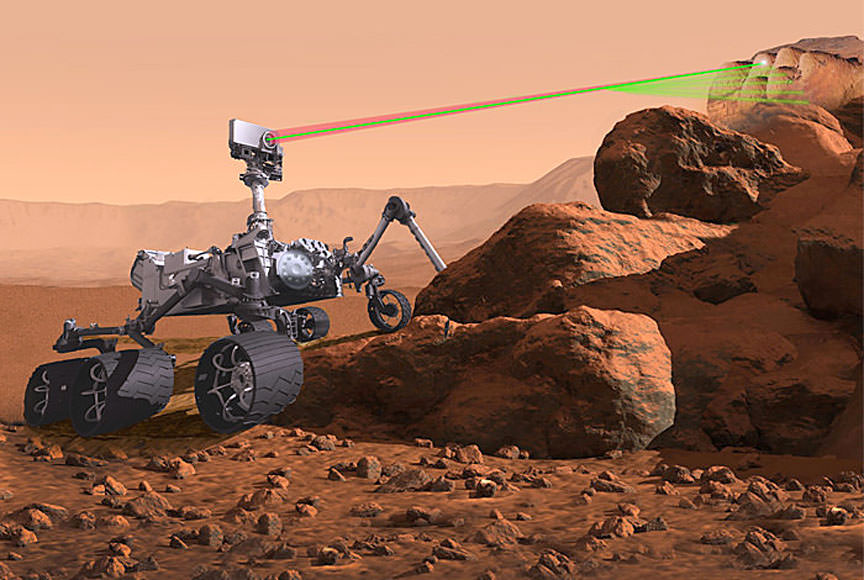
This summer, between mid-July and early August, the Mars 2020 rover will launch, reaching Mars by February of 2021. Once it touched down in the Jezero Crater, it will carry on in the footsteps of its predecessor – the Curiosity rover. This will include searching for evidence of Mars’ past habitability and the possible existence of life (past and present), as well as a sample-return mission.
To accomplish these tasks, the Mars 2020 rover will be relying on an advanced suite of instruments. One of these is the SuperCam, which includes a camera, a laser, and spectrometers and is mounted to the rover’s mast (or “head”). Once operational, this instrument will be used to study the chemistry and mineralogy of Martian rocks and (with any luck) find evidence of fossilized microbial life on Mars.
Continue reading “Mars 2020 Will be The Third Time That NASA Has Tried to Send a Microphone to Mars”SpaceX is Thinking of Spinning Off Starlink and Taking it Public
In May of 2019, SpaceX launched the first batch of satellites that will make up its Starlink constellation, thus delivering on Musk’s promise to provide broadband internet access to the whole world. Since then, the company has conducted several launches of upgraded satellites with the intent of creating a constellation of 1,584 by 2024 and 2,200 by 2027.
According to the latest statements made by Gwynne Shotwell, SpaceX’s President and Chief Operations Officer (COO), the company is considering spinning off Starlink and making it a publicly-traded company in the coming years. The announcement was made on Thursday, Feb. 6th, at a private investor event hosted by JPMorgan Chase & Co. in Miami.
Continue reading “SpaceX is Thinking of Spinning Off Starlink and Taking it Public”The ESA’s Solar Orbiter, a Mission That Will Chart the Unexplored Polar Regions of the Sun, Just Launched!
In the coming years, a number of will be sent to space for the purpose of answering some of the enduring questions about the cosmos. One of the most pressing is the effect that solar activity and “space weather” events have on planet Earth. By being able to better-predict these, scientists will be able to create better early-warning systems that could prevent damage to Earth’s electrical infrastructure.
This is the purpose of the Solar Orbiter (SolO), an ESA-led mission with strong participation by NASA that launched this morning (Monday, Feb. 10th) from Cape Canaveral, Florida. This is the first “medium-class” mission implemented as part of the ESA’s Cosmic Vision 2015-25 program and will spend the next five years investigating the Sun’s uncharted polar regions to learn more about how the Sun works.
Continue reading “The ESA’s Solar Orbiter, a Mission That Will Chart the Unexplored Polar Regions of the Sun, Just Launched!”
